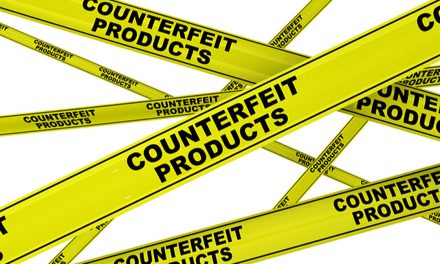Reducing Costs Using a Green Lens: Winning Ideas from EMS Executives
 By Pamela J. Gordon, Antea Group Senior Consultant and Technology Forecasters CEO
By Pamela J. Gordon, Antea Group Senior Consultant and Technology Forecasters CEO
Most electronics manufacturing services companies – of all sizes – leverage Lean programs to reduce costs through identifying unnecessary processes and materials. But few EMS companies other than the world’s largest have looked at their Lean Six Sigma, Lean 5S / 6S, Lean DNA, Lean Scorecards, and similar programs with a Green (environmentally efficient) lens to identify and root-out even more waste and correlating costs. That is, they hadn’t done so until the February 2018 IPC APEX Expo in San Diego, California.
IPC Vice President Sanjay Huprikar invited me to the EMS Executive Management Meeting, to coach 40 EMS companies’ leaders in increasing their companies’ profitability. Never a wide-margin industry, these critical members of the electronics supply-chain watch profitability vigilantly, to provide high-quality service and remain financially viable.
I began the session by introducing the executives to how electronics companies discovered additional cost savings by adding a Green lens to their Lean programs.
- Sony Ericsson, for example, conducted nine Lean Six Sigma events and achieved US$4 million in cost savings that also fulfilled a goal of Sony’s environmental and sustainability program GreenHeart. The Lean events resulted in reducing cost and waste by reusing cosmetically-sound plastic.
- Cummins used Six Sigma process-improvement techniques and 5S Lean manufacturing techniques to increase its UK-site recycling rate to 97.87%. Teams used “waste mapping” to plot where waste is generated and design it out. All of Cummins 22 manufacturing sites now report waste, energy, water, and process chemicals. These Lean and Green results earned the company “Corporate Recycler of the Year,” by the National Recycling Awards.
Then we discussed how having employees focus on environmental savings can lead to ideas for further cost savings than their Lean programs have identified. Management at companies that have been conducting Lean Process Improvement Projects (PIPs) for decades may assume that their programs have identified every possible cost savings. But then they uncover additional cost reductions when encouraging employees to use a Green approach: design smaller, lighter products and packaging; choose renewable, recycled materials; reclaim value from products’ end of life; use energy and water more efficiently; go paperless; use technology to reduce travel; and much more.
Some employees have “Lean fatigue,” and want to hear about something new and different. To complement Lean training and find further cost savings, employers can run a contest for the most energy-efficient products and processes, engage employees in zero-landfill rewards, and set goals for reducing the company’s CO2 emissions. An added benefit of training and encouraging employees to find environmental savings is connecting to employees’ personal values: perhaps reminding them of a love of hiking in wilderness; of fishing or boating in clean waterways; identifying birds and other wildlife in their natural habitat, and so on.
It wasn’t enough to only inform the EMS executives about the bottom-line benefits of adding Green efficiencies — reducing costs further than Lean programs alone, saying “yes” to the increasing number of customers requiring suppliers to have sustainability programs, boosting employee morale, and differentiating external brand. Sanjay and I wanted the executives to actively find cost savings through the Green during a round table exercise that day. The executives formed four teams, then each team chose one cost area that is persistently high, or that has decreased but not enough. I was impressed that the teams – in which competitors sat elbow-to-elbow – identified in only 5 minutes four distinct and compelling cost areas: eliminating solder-flow waste, reducing energy costs, and more.
Then, the teams had only 15 minutes to find 2 or 3 ways to further reduce costs in the chosen areas by using a Green lens. Bonus points were to be awarded for ideas that not only reduced costs and environmental waste but also improved value for customers.
Sanjay and I were pleased and surprised when each team reported back five ways to reduce costs in the chosen area and cogently described the environmental and customer benefits. Collectively, they generated 20 Lean and Green ideas for the EMS industry, in a 90-minute session. Imagine how the entire industry can benefit, not to mention increased environmental performance and better-served customers.












